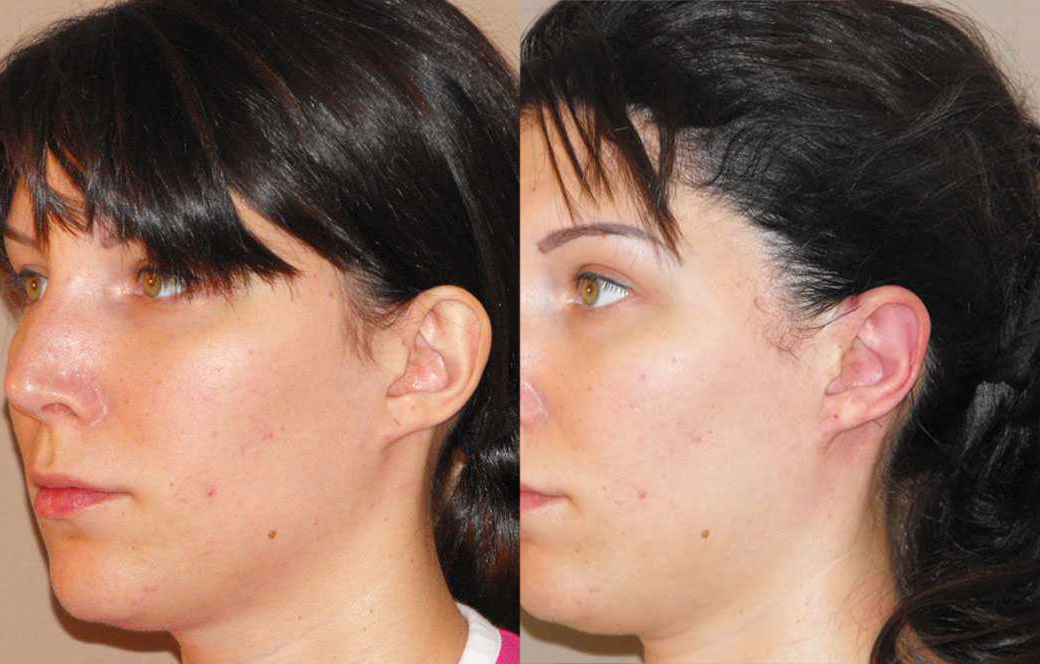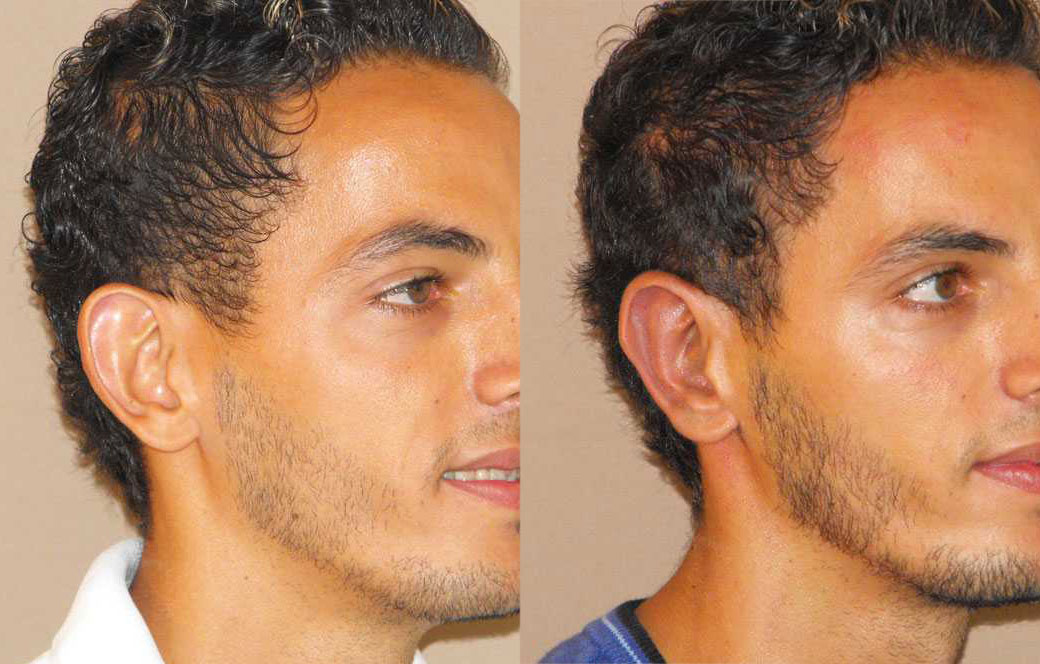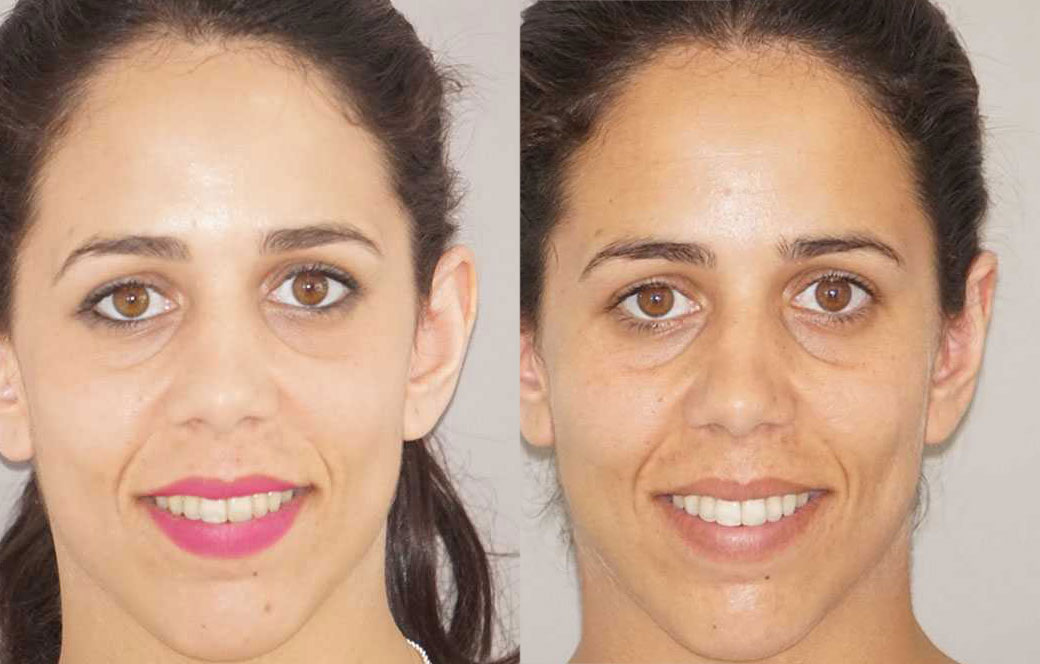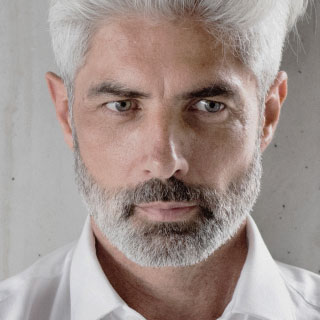What You Need to Know Beforehand
Which type of otoplasty is right for me?
Your ear shape, size and cartilage structure are key in choosing the ear correction technique best suited to you. We will discuss with you if either a simple ear pinning procedure (concharotation) or a more complex ear cartilage reshaping (creation of new antihelix fold) is necessary. Furthermore, we will examine and explain if any changes to your earlobe are recommendable to achieve the desired effect.
What is the best age for ear pinning?
The ear fully grows and develops during the first 6 years of life, so the earliest time for children to have ear pinning surgery is after the 6 birthday. Most parents (and children) choose to have the operation performed at this time. For adults this procedure can be performed at any time.
Where are the ear surgery scars placed?
The scars are mostly placed within the natural crease on the back of your ear and from this point the cartilage is addressed from the backside of the ear (posterior cartilage scoring/shaping) The scars are normally barely visible after 2-3 months.
How is the ear correction surgery performed?
This kind of procedure is mostly performed under deep intravenous sedation (twilight sleep) combined with loco-regional anesthesia, or under local anesthesia alone. You will sleep throughout the procedure, but able to move arms and legs (as with regular sleep), which lowers the risk for thrombosis. The procedure is generally pain free and takes between 1-2 hours.
How long is the recovery of otoplasty?
Recovery takes from 7-10 days, with some swelling and bruising during the first 7 days. Stitches may be removed by day 10, and swelling and bruising mostly subside after 17 days. Makeup can be worn after a week. There may be some numbness of the skin of the ear and hardness of the post auricular scar during the first 4-6 weeks before recovery is complete.
After Surgery and Beyond
Otoplasty aftercare and recovery
The Ocean Clinic concept is to avoid unnecessary pain or discomfort. Most of our ear correction procedures are performed under local anesthesia with intravenous sedation. This allows for a completely pain–free procedure with our patients being sedated for comfort purposes only. Postoperative pain in ear pinning / ear correction surgery is not common, most of our patients only have slight pain and/or tenderness to touch for 24-48hrs, this is treated with oral pain medication.
Most patients can go home on the same day and come for a check-up the day after; stitches are removed after 10 days. An elastic headband needs to be worn for 2 weeks (day & night), then a further 2 weeks during the night only.
During the first 4 weeks, postoperative patients will be referred to our unique physiotherapeutic aftercare for a quicker recovery and reduced swelling.
Do not lift any objects over 5kg and avoid sports involving weights during 14 days.
Otoplasty relevant risks
Ear correction surgery has very few complications if carried out by an experienced surgeon in an accredited facility. Rare complications include postoperative bleeding requiring revision, asymmetries of the ear due to release of internal sutures (relapse), unsatisfactory scar healing requiring scar correction at a later date, and prolonged recovery due to swelling and/or hematoma.
Changes in sensitivity of the skin are expected during the early postoperative period and disappear with time.
How long does a ear correction /pinning last?
Once a stable result is achieved after 3 months, the results are, in most cases, for life
Otoplasty alternatives
There are non-surgical methods like ‘Ear-Fold’ on the market which treats ear cartilage deformity by ‘clipping’ through the skin. This kind of treatment has not proven long-term results as yet, but promises quicker recovery than surgical otoplasty. It is not suitable for all patients, our surgeons will advise if your anatomy would be suitable for this alternative or not.
Ocean Clinic’s experience in otoplasty
Our surgeons have performed over 400 otoplasty procedures within the last 10 years. Our clinic has a vast experience in cosmetic pediatric and adult ear correction techniques as well in ear reconstruction (after accidents or tumor resection).













